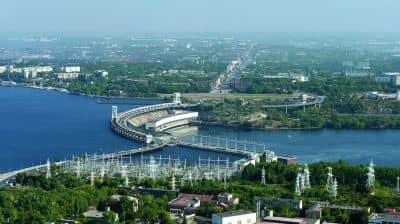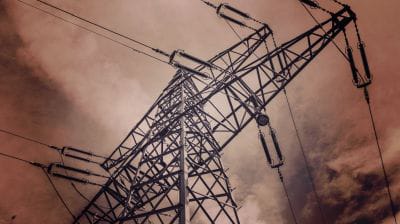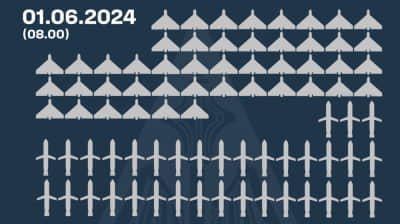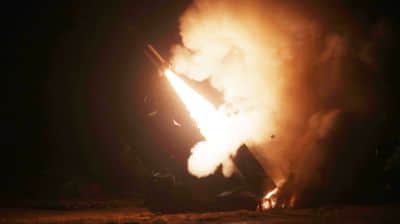How much Russia earns on exhaust fuel exports and who are main buyers
The export of exhaust fuel from Russia has been decreasing since the sanctions were implemented – both in quantity and cost, and in June 2023 Russia’s income from this type of economic activity reached a minimal monthly index.
Source: Centre for Research on Energy and Clean Air (CREA)
The research has shown that the Russian income from exhaust fuel exports has been decreasing for three months in a row, and in June 2023 reached the level of €591 million a day, which is 8% less than in May, and 18% less than in April.
The biggest fall in the cost of the Russian export of fossil fuels was that of raw oil transported by sea, namely €24 million a day (12%) in June compared to May 2023.
In May 2023 the income of Russia from the export of oil reached the lowest monthly index since the beginning of the full-scale Russian invasion of Ukraine – it plummeted to €397 million a day, which is 7% lower than in May, and 16% lower than in April.
Meanwhile, Russia’s income in this sector continues to facilitate the export of:
- Coal: after the EU embargo on the import of Russian raw oil came into force (5 December 2022), China has been the main buyer (having bought 44% of the Russian coal export), followed by India (19%) and South Korea (12%).
- Raw oil: China was the main buyer (having bought 43% of the Russian export of raw oil), followed by India (36%), the EU (8%) and Türkiye (3%). Since 5 December 2022, the import of raw oil to the EU countries has been conducted through Bulgaria and via the pipeline – to the Czech Republic, Slovakia, Hungary, Poland and Germany. Bulgaria is free from the ban on import of Russian oil, and pipeline oil, which the EU is being supplied with, is also not sanctioned.
- LNG (liquefied natural gas): since 5 December 2022 the EU was the main buyer (having bought 35% of Russian export of LNG), followed by China (12%) and Japan (10%). No sanctions have been implemented in the EU on the Russian LNG.
- LOG (liquefied oil gas): the main buyer was Türkiye (having bought 33% of the Russian export of LOG), followed by the EU (32%).
- Oil products: after the EU embargo on the import of Russian raw oil came into force, Türkiye has been the main buyer (having bought 24% of the Russian oil products), followed by China (12%) and Saudi Arabia (11%). The EU sanctions concerning the Russian oil products transported by sea, were implemented on 5 February 2023. Pipeline oil has been sanctioned only partially.
- Pipeline gas: the EU has been the main buyer (having bought 31% of the Russian pipeline gas), followed by Türkiye (19%) and China (14%). The EU has not implemented any sanctions on the Russian pipeline gas.
The main buyers of the Russian fossil fuel in June 2023 were:
- China, which imported mainly raw oil, as well as coal, oil products, LNG and pipeline gas.
- India was the second biggest importer of Russian fossil fuel, buying mainly raw oil, as well as oil products and coal.
- Türkiye mainly imported oil products, as well as raw oil, pipeline gas, coal and LOG.
- The EU was the fourth biggest buyer of Russian fossil fuel in June, buying raw oil (by pipeline or sea to Bulgaria), pipeline gas, LNG, oil products (by pipeline) and LOG. The main importers of Russian fossil fuel in the EU in June 2023 were Hungary, Slovakia, Bulgaria, Spain and the Czech Republic.
- Saudi Arabia was the fifth biggest importer and bought oil products, raw oil and coal.
Journalists fight on their own frontline. Support Ukrainska Pravda or become our patron!







